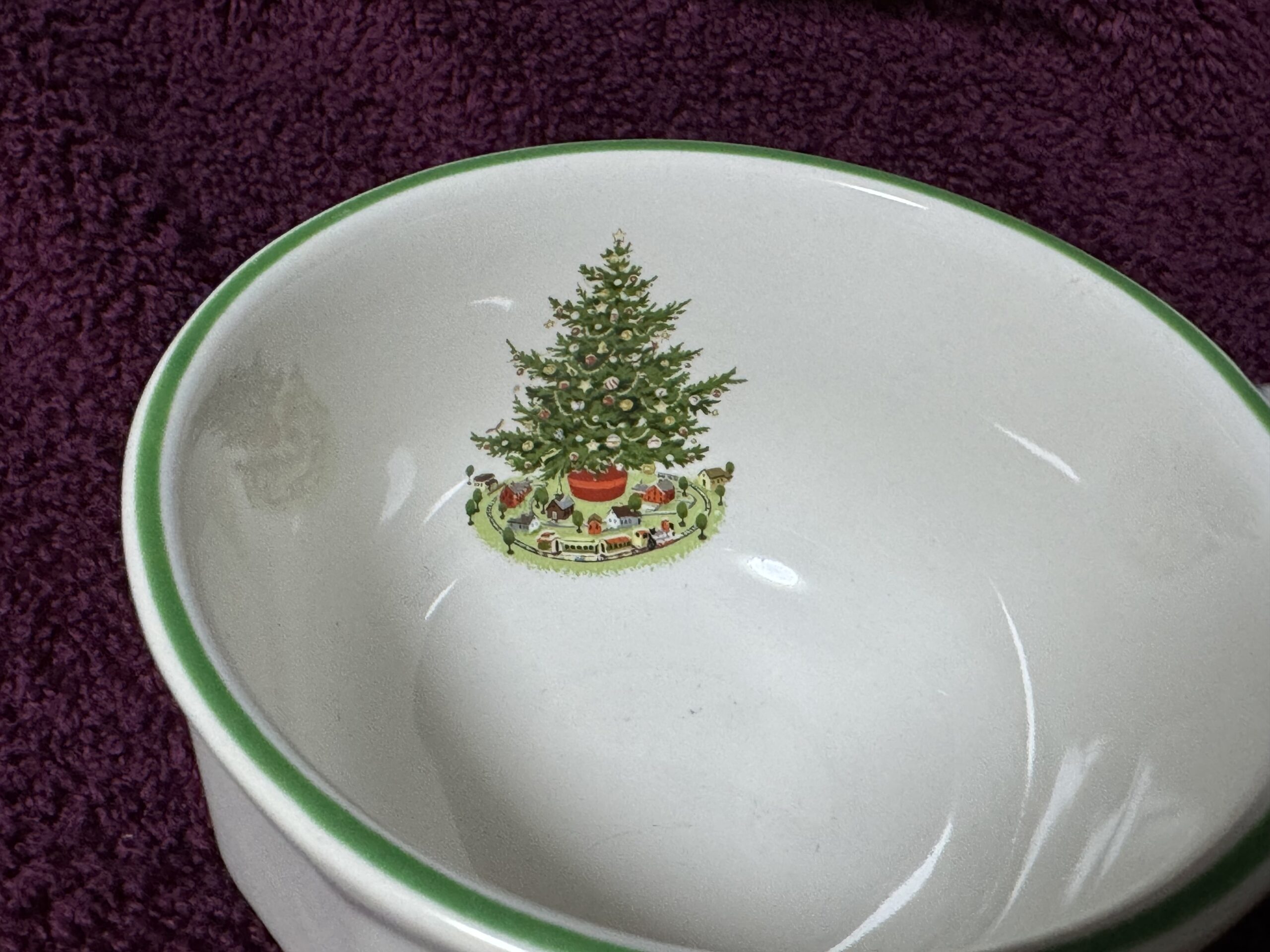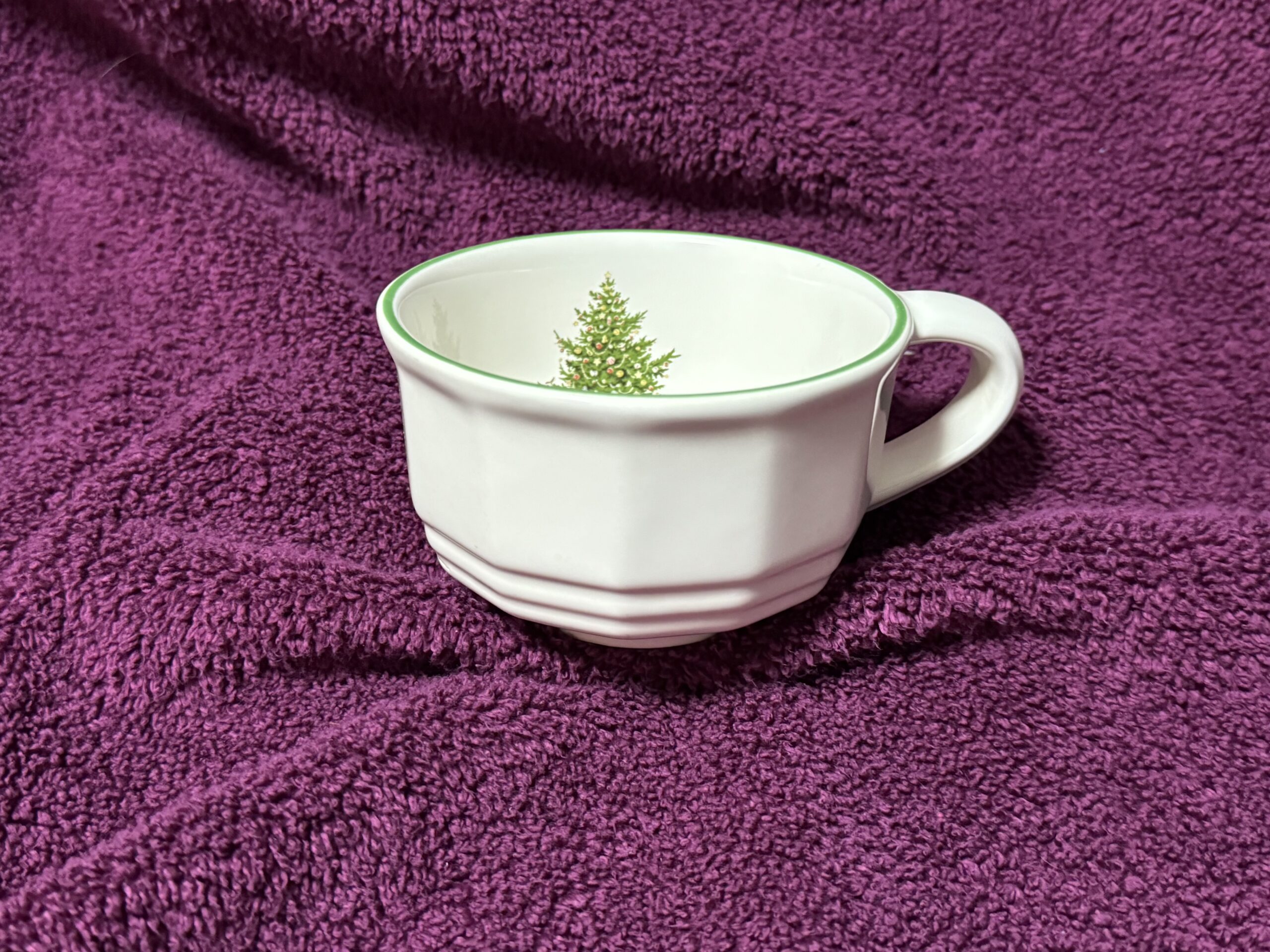XRF test results for a Pfaltzgraff Christmas Heritage pattern tea cup — c. 1980s -1990s
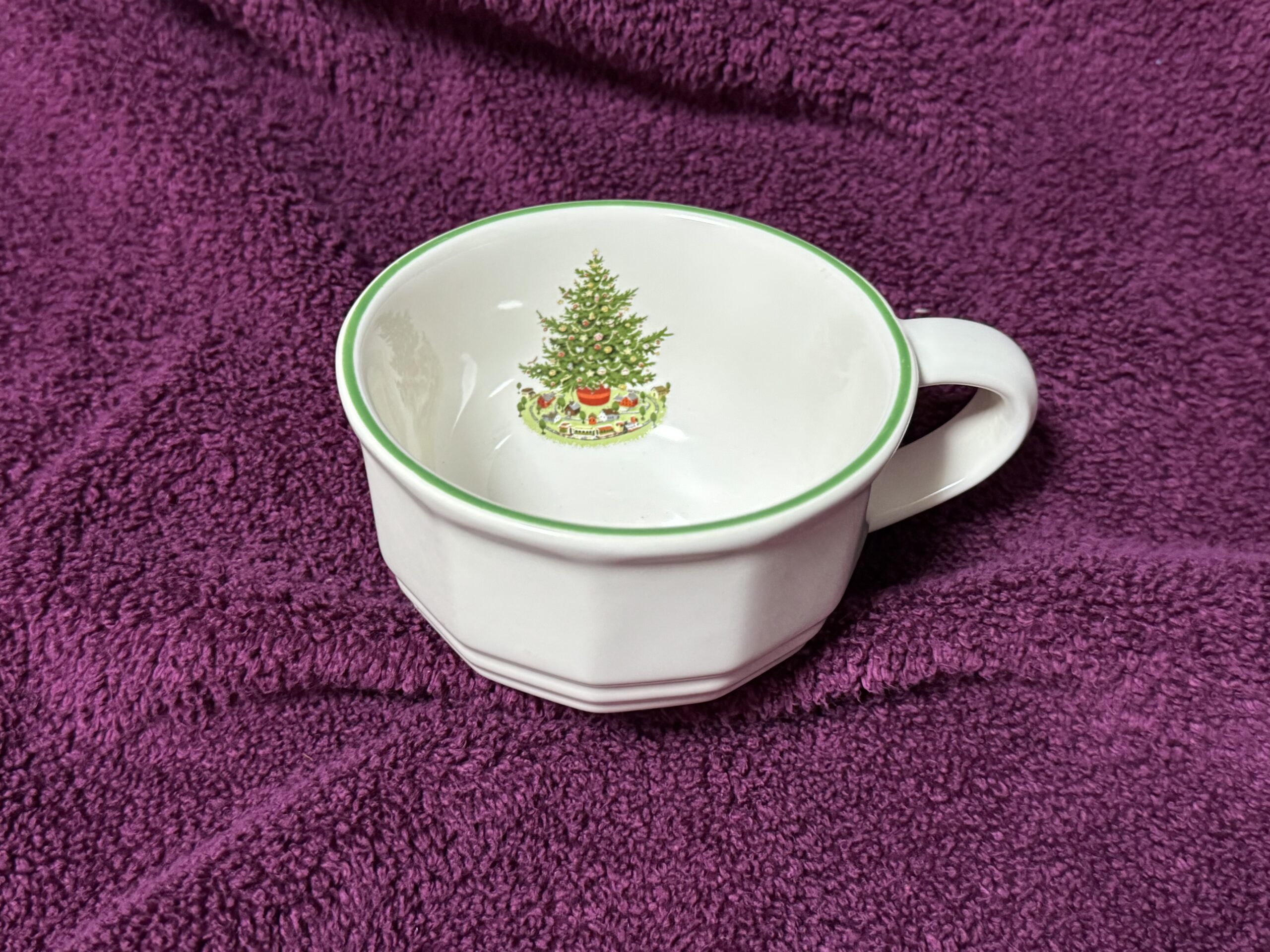
For those new to the Lead Safe Mama website:
Tamara Rubin is a multiple-federal-award-winning independent advocate for childhood Lead poisoning prevention and consumer goods safety, and a documentary filmmaker. She is also a mother of Lead-poisoned children (two of her four sons were acutely Lead-poisoned in 2005).
- Tamara owns and runs Lead Safe Mama, LLC — a unique community collaborative woman-owned small business for childhood Lead poisoning prevention and consumer goods safety.
- Since July of 2022, the work of Lead Safe Mama, LLC has been responsible for five product recalls (FDA and CPSC).
- All test results reported on this website are science-based, accurate, and replicable.
- Please check out our press page to see some of the amazing coverage of our work so far this year!
In the interest of publishing quite a few test results quickly, we will be updating this article with more information shortly. As of 2011, anything over 90 ppm Lead (in the paint, glaze, or coating of an item) is considered unsafe and illegal in items intended for use by children. Dishes are not considered items intended for use by children (on a U.S. federal level), so this level of Lead (in the glaze) on a food-use item is not illegal.
There are no laws protecting adults from total Lead content concerns in dishware (there are only leach-testing considerations for newly-manufactured dishes, and those legislative initiatives only apply to the dishes when they are newly-manufactured and in new condition). Dishes with any amount of Lead content may leach Lead over time with regular use and wear (especially when used with acidic foods and beverages like coffee, tea, wine, alcohol, juice, vinegar, lemon, tomato sauce, etc). The Lead on the interior of this coffee cup is very unsafe — especially given the acidity of coffee and tea (the anticipated usage of this cup). WHO thought up this idea of putting Lead-painted decorative elements on the inside of a mug!? OMG! (Sorry, just had to editorialize on that point!)
Reading #1) 60-second test
(repeated multiple times to confirm results)
on interior (food surface) of mug — Christmas tree area
- Lead (Pb): 13,600 +/- 300 ppm
- Cadmium (Cd): 157 +/- 15 ppm
- Mercury (Hg): non-detect
- Bromine (Br): non-detect
- Chromium (Cr): 6,736 +/- 630 ppm
- Iron (Fe): 1,118 +/- 189 ppm
- Cobalt (Co): 214 +/- 85 ppm
- Copper (Cu): 289 +/- 50 ppm
- Zinc (Zn): 1,437 +/- 79 ppm
- Zirconium (Zr): 19,700 +/- 600 ppm
- Tin (Sn): 47 +/- 16 ppm
- Platinum (Pt): 404 +/- 89 ppm
- No other metals were detected in consumer goods mode.
Reading #2) 60-second test
(repeated multiple times to confirm results)
on exterior of mug — white glaze
- Lead (Pb): 168 +/- 28 ppm
- Cadmium (Cd): non-detect
- Mercury (Hg): non-detect
- Bromine (Br): non-detect
- Chromium (Cr): non-detect
- Iron (Fe): 1,158 +/- 236 ppm
- Nickel (Ni): 178 +/- 114 ppm
- Copper (Cu): 501 +/- 72 ppm
- Zinc (Zn): 69 +/- 27 ppm
- Zirconium (Zr): 39,000 +/- 1,400 ppm
- Barium (Ba): 417 +/- 86 ppm
- Platinum (Pt): 374 +/- 71 ppm
- Bismuth (Bi): 33 +/- 22 ppm
- No other metals were detected in consumer goods mode.
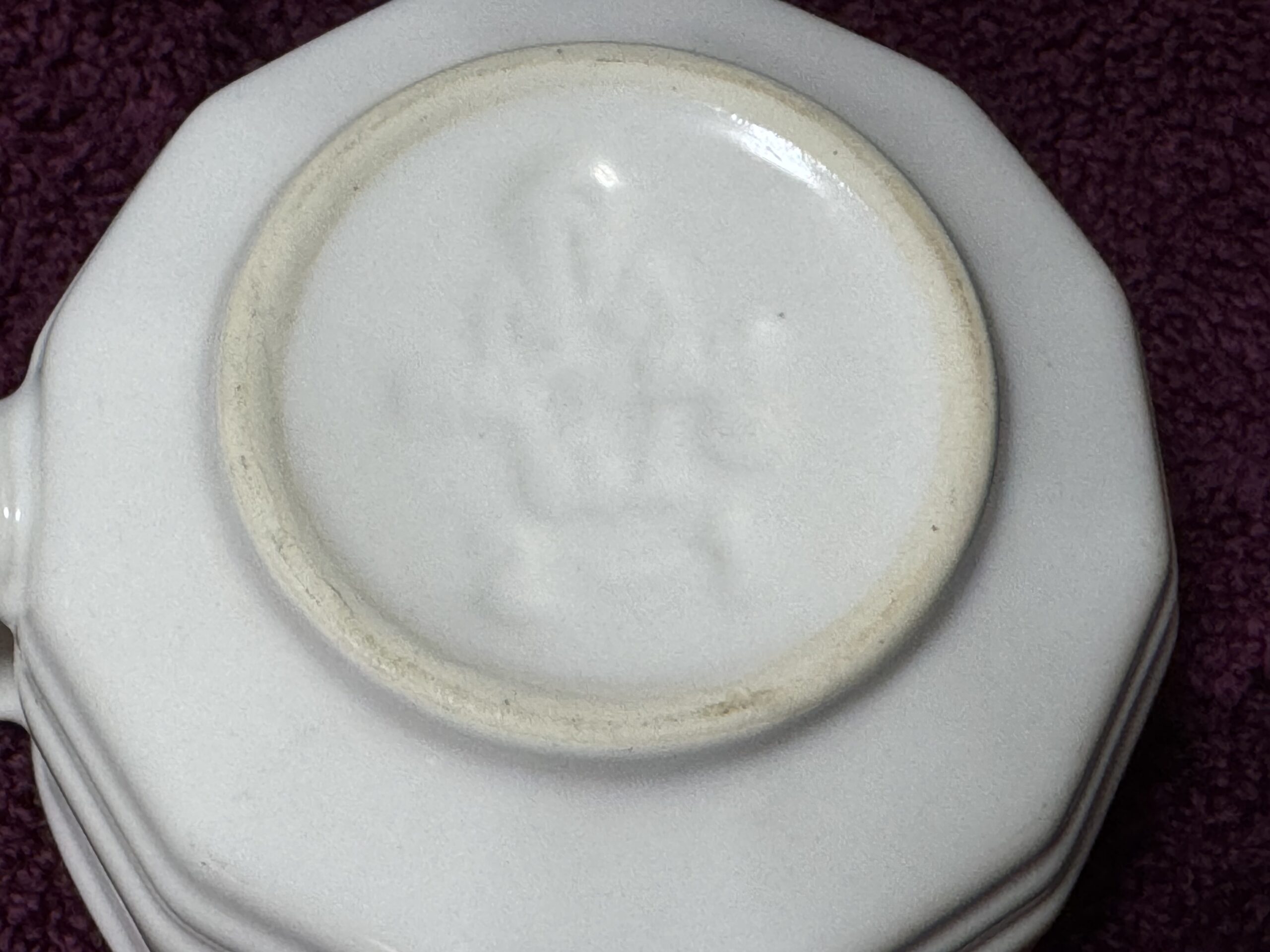
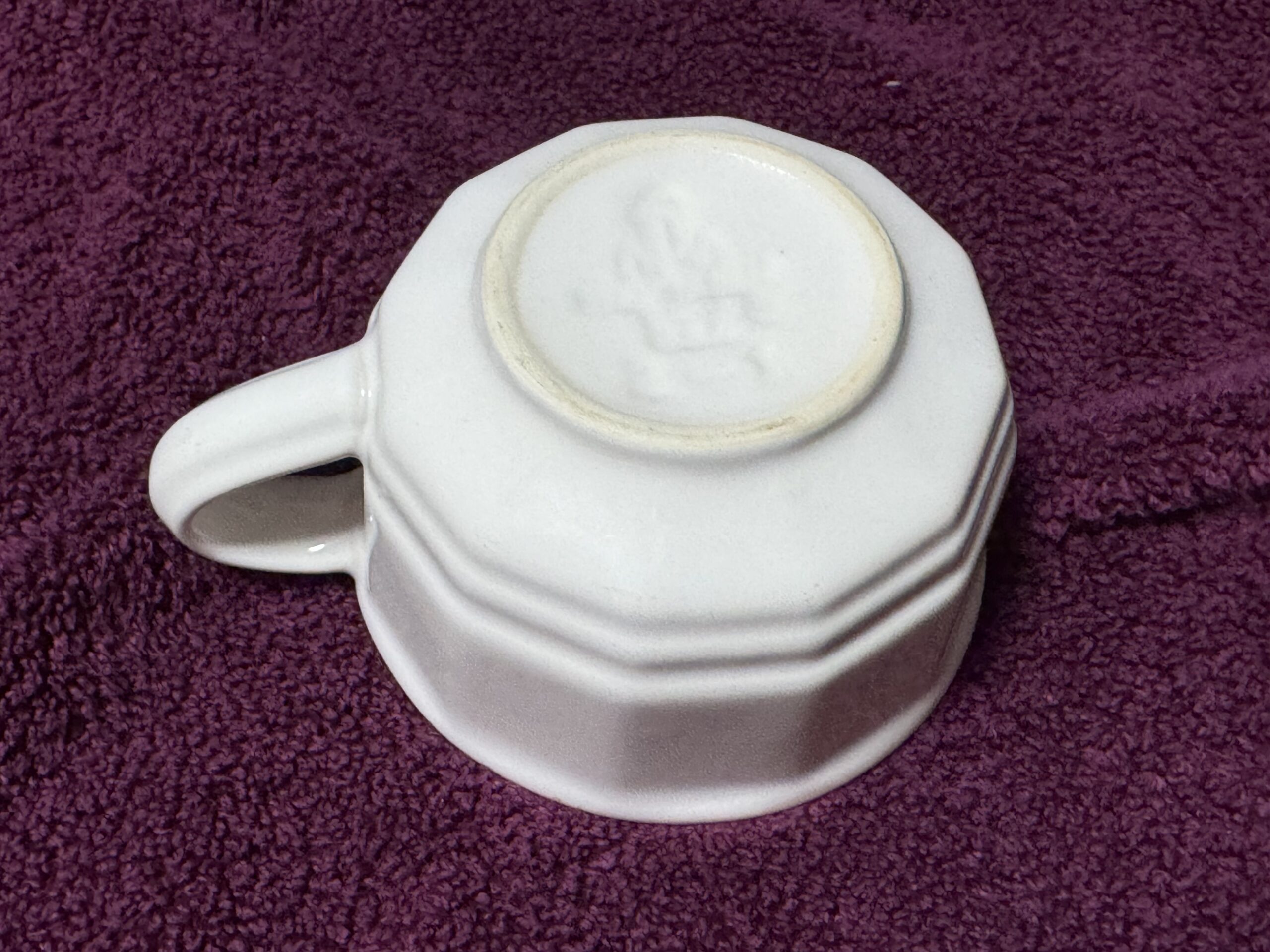
Never Miss an Important Article Again!
Join our Email List





